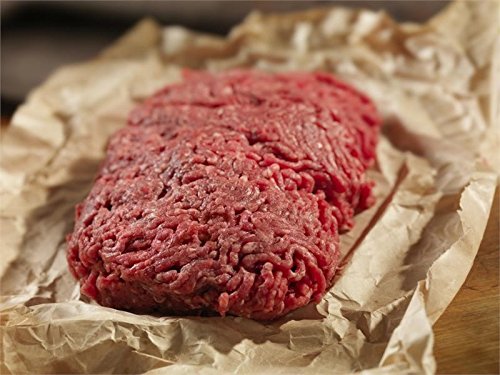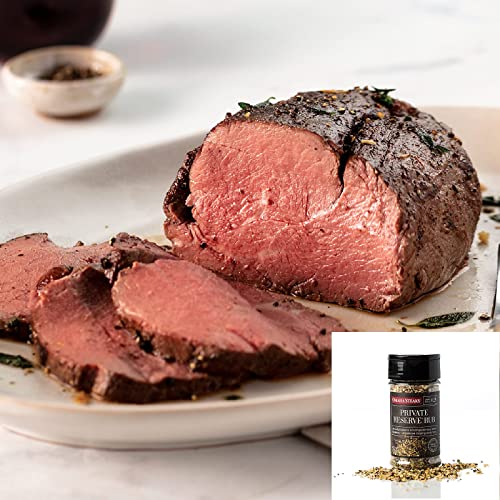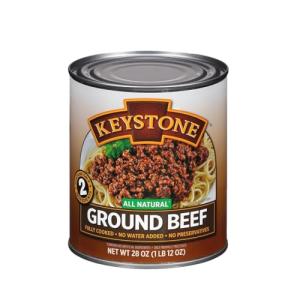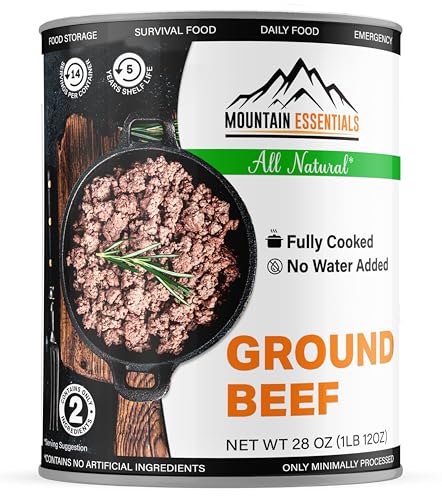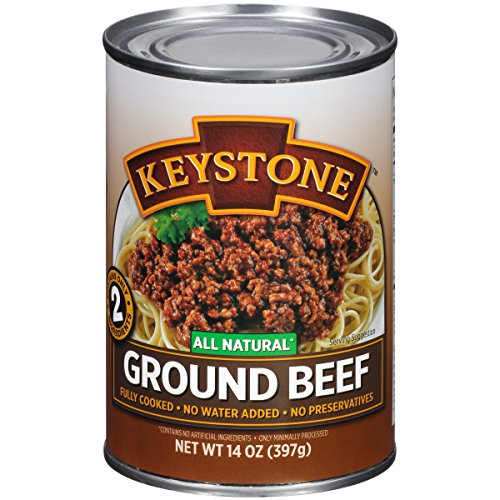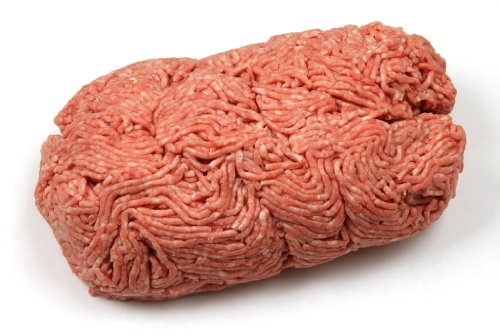Let’s break down beef cuts together! If you're diving into beef butchery, knowing the different cuts can make a world of difference in your cooking. It’s all about picking the right piece for the dish you want to make.
First up, we have the chuck. This area comes from the shoulder, which means it's got a lot of flavor. Chuck is perfect for slow cooking or making a hearty stew. You’ll get a tender, juicy result when it’s cooked low and slow.
Next, check out the rib section. This is where you'll find those delicious ribeyes. Ribeye steaks are marbled with fat, giving them that melt-in-your-mouth quality. Grill them, pan-sear them, or even sous vide them for a real treat!
Don’t forget about the loin. This is where the prized T-bones and tenderloins come from. These cuts are tender and perfect for quick cooking methods like grilling or broiling. If you want a steak that impresses, you can’t go wrong with a nice tenderloin.
Finally, explore the round. It’s leaner and comes from the back leg. This cut works well for roast beef and can be sliced thin for sandwiches. It's not as fatty, so it’s great if you're looking for something lighter.
Tools You Need for Butchering
Getting into beef butchery? You’re going to need the right tools to make the job easy and efficient. With the right gear, you’ll feel more confident and ready to tackle any cut. Here’s a breakdown of the essentials you really can’t do without.
First off, a good knife is your best friend. Look for a sturdy butcher knife with a sharp blade. It should feel comfortable in your hand and make clean cuts. You’ll also want a boning knife for getting around bones, and a fillet knife for those delicate slices. Keeping your knives sharp is key, so grab a good sharpening stone or honing rod as well.
Next, don’t forget the cutting board. Go for a large, heavy-duty board that can handle the weight of a whole cut of beef. A non-slip mat underneath can help keep everything stable while you're working. A pair of sturdy gloves can also help you grip and protect your hands during the process, which is super important.
Lastly, consider investing in some gear for storage. Vacuum seal bags are great for keeping your meat fresh for longer. You might also want some labels to mark your packages with dates and cuts, so you’re always organized. With these tools in hand, you’re all set to dive into the world of beef butchery!
93% Lean USDA Choice Ground Sirloin Beef 1 LB
Enjoy the rich flavor and lean quality of this premium ground sirloin, perfect for burgers, tacos, or any dish you crave
Product information
$58.98
Product Review Score
4.68 out of 5 stars
86 reviewsProduct links
Step by Step Butchering Techniques
Getting started with beef butchery doesn’t have to be intimidating. With a few handy techniques, you can break down a whole cut of meat into the cuts you want. Let’s dive into the process step by step.
First off, you need the right tools. Make sure you have a sharp boning knife, a sturdy cutting board, and some quality gloves. Safety is key! Start with your beef cut whole. Lay it flat on the board, with the fat side facing up. This makes it easier to see where you’ll be cutting.
Now, let’s focus on separating the primal cuts. The main ones to know are the chuck, rib, loin, and round. Each section has its own unique flavor and texture. To begin, identify the natural seams and muscles. Using your knife, follow these seams to cut through, making it simpler to separate each primal. Take your time – precision matters here.
Once you have your primal cuts, it’s time to break them down into sub-primal cuts. For example, from the loin, you can get steaks like the sirloin and tenderloin. Make neat cuts, about an inch thick for most steaks, but feel free to adjust based on personal preference. Store any extra cuts properly for later use.
As you get comfortable with these steps, beef butchery will feel more like second nature. Practice makes perfect, so don’t be afraid to try different cuts and methods. Before you know it, you’ll be slicing and dicing like a pro, ready to impress friends and family with your homemade beef cuts!
Omaha Steaks 28 oz Beef Tenderloin Roast with Rub
Mouthwatering, melt-in-your-mouth beef roast seasoned to perfection for your next special dinner
Product information
Product Review Score
4.38 out of 5 stars
51 reviewsProduct links
Tips for Perfectly Preparing Your Beef
Getting your beef just right takes a little know-how, but it's easier than you think. Here are some tips to help you nail your beef butchery skills at home.
First off, always start with quality beef. Look for cuts that have good marbling. That means some fat running through the meat, which keeps it juicy and flavorful. Whether you’re after ribeye, sirloin, or flank, fresh and high-quality beef makes a big difference.
Next, let your beef come to room temperature before cooking. This helps the meat cook evenly. Just take it out of the fridge about 30 minutes before you hit the heat. It might sound picky, but it leads to a better texture and flavor.
When it comes to seasoning, less is often more. A simple rub of salt and pepper can work wonders. If you want to get fancy, try marinating your beef with a mix of olive oil, garlic, and herbs. Just don’t go overboard—let the flavor of the beef shine through!
Don't forget about resting your beef after cooking. Let it sit for a good 5-10 minutes before slicing. This helps the juices redistribute, which means every bite will be just as juicy and tender as the last. With these tips, you'll be well on your way to mastering beef butchery like a pro!
